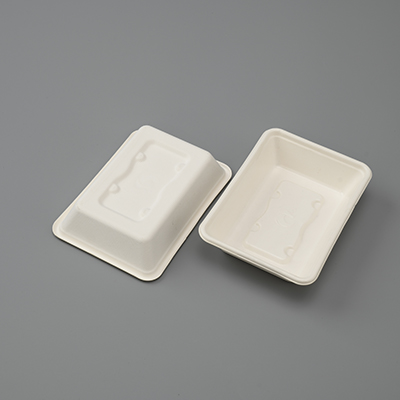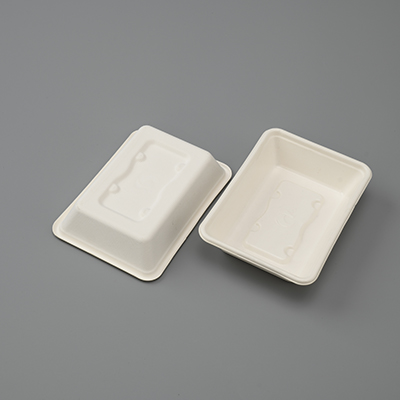
After use, greaseproof paper plates can be disposed of in an environmentally responsible manner. While greaseproof paper plates are generally not fully recyclable due to their grease-resistant coating, there are still steps you can take to minimize their impact on the environment.

1. Check Local Guidelines: Before disposing of greaseproof paper plates, check with your local recycling facility to see if they have any specific guidelines or recommendations for their disposal. While the plates may not be fully recyclable, some facilities may be able to process certain components.
2. Separate Components: If the greaseproof paper plates have any compostable or recyclable components, such as a compostable coating or a paper component, consider separating these parts before disposal. This can help divert recyclable or compostable materials from the landfill.
3. Composting: If the plates are labeled as compostable and you have access to a composting facility, you may be able to compost them. The plates should break down in a composting environment, contributing to nutrient-rich soil.
4. Reduce Waste: To minimize waste, try to use greaseproof paper plates only when necessary. Opt for reusable plates and utensils whenever possible, especially for indoor gatherings where cleanup is more manageable.
5. Proper Disposal: If recycling and composting are not viable options, dispose of the used plates in the regular waste stream. Make sure the plates are empty of any leftover food or liquids before placing them in the trash.
While greaseproof paper plates may not be fully recyclable, taking these steps can help minimize their environmental impact and contribute to more responsible waste management practices. As we continue to seek ways to reduce our ecological footprint, being mindful of how we dispose of items like greaseproof paper plates can make a meaningful difference.